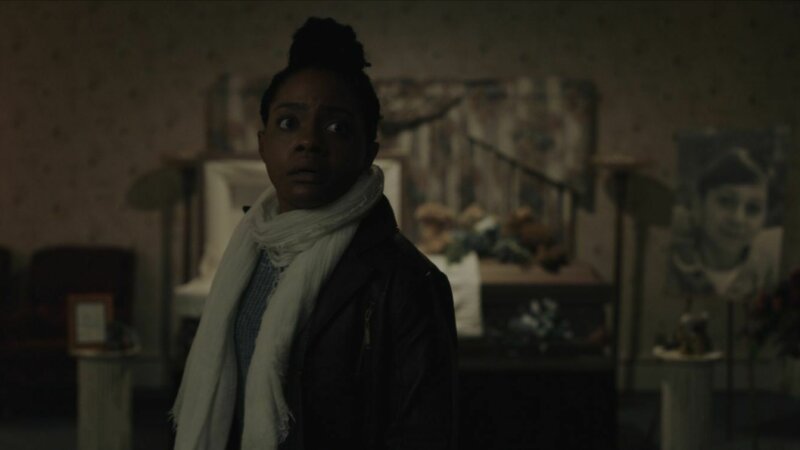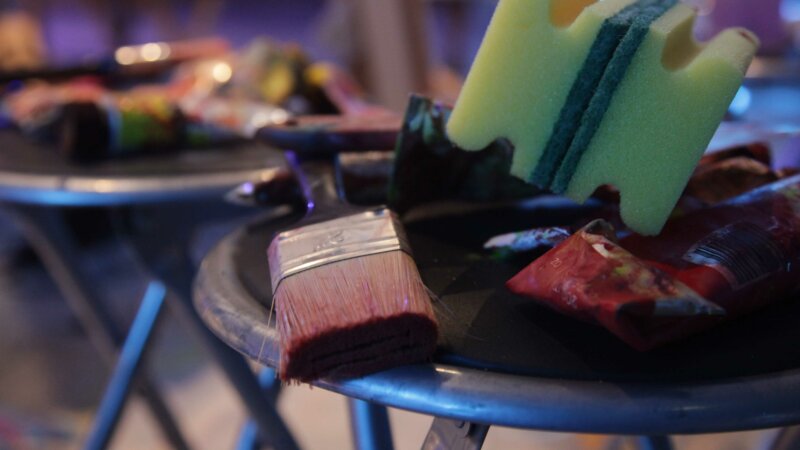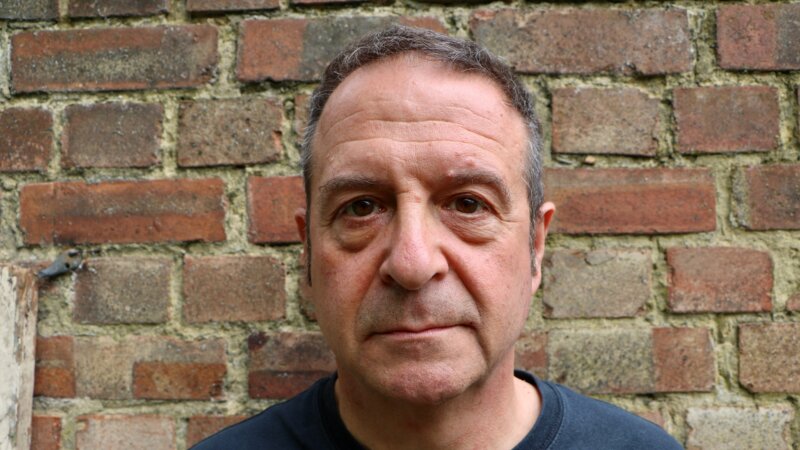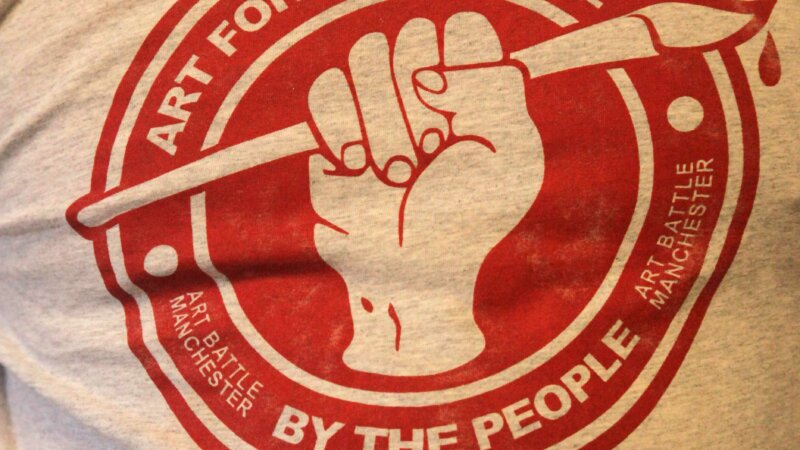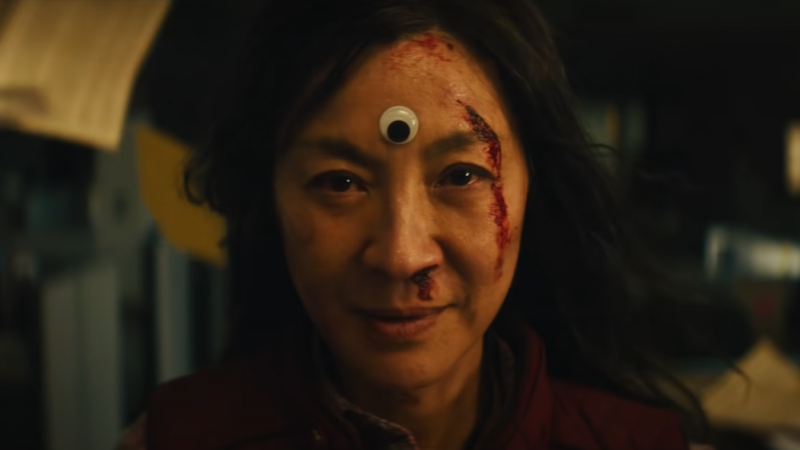Photography: Will Video Kill the Camera?
We, the global we, uploaded 1.8 billion pictures a day in 2014, according to a KPCB report. There was barely a flicker on the same statistic line a mere seven years earlier, with under 100 million. The ‘selfie’ experience – the niche area seemingly the primary sector responsible for the majority of uploads to the cloud – shows no sign of abating. Is the ease with which a picture can be taken now contributing to a dilution of perceived pictorial quality in much the same way that a ferocious thunderstorm can lead to unwanted effluent being discharged into a previously clean river?
The trend is for the use of pictures or voice to be the dominant way of searching the internet in the next few years. But then isn’t it so easy to just take ‘one more for the road’ when the modern form of a camera is so ubiquitous in its current form, built into a phone? The only time a phone is left behind is when it has been forgotten.
Whilst there are various effects and novelty gimmicks that allow face swapping or dog ears to be added at a mere swipe, will capturing someone’s attention for more than a fleeting second move across to the video function?
Recently, whilst listening and watching musicians playing in the city’s smaller venues, I decided to conduct a bit of an experiment. As well as the normal set of stills that I would take of the gig, I also recorded a video of one song. It was not an attempt to bootleg their works and deprive the artist of any income (but I’m glad to enter into a partnership at any time). Rather, it was to see the difference in reaction by visitors to my Facebook page and compare the number of views to the set of images I also took at the same gig.
I know that standing behind a sea of mobile phones at a concert is a depressing sight, but they were small gigs and I made sure no views were obstructed. I also decided to use a decent camera and microphone, one considerably smaller than some of these tablets seen at the end of an outstretched arm that’s being elevated above the one in front. It would appear that whilst mobile phone manufacturers are sometimes more interested in improving the quality of any inbuilt camera lens, they leave the microphone build so low that the speech quality is rendered unintelligible.
Obviously it was not a very controlled and structured experiment, but the results were invariably consistent.
So if I only get 60-70 ‘reaches’ on Facebook, I regularly get 10 times that number for the video, sometimes double that. It doesn’t seem to matter which band I’ve captured, although some on the rise, such as Feed The Kid, will generate a greater number, but I also received 800+ for tANGERINECAt, who I’d recommend listening to or catching live for their sheer intensity, combined with a degree of playfulness.
So am I a crap photographer? Well, I’ll only put low resolution, watermarked images on the web, but some of the videos are of a quality that, well, let’s just say I won’t be making an appearance at the Hollywood Oscars ceremony any time in the near future, and I’m not worried about losing my photographic career. I don’t really have one.
So will the video snippet become the new selfie?
Whilst the mp4 format commonly used on camera phones has only been around since about 2001, videos, in one form or another, have been around since before Oasis released a decent album or the (male) England football team last won a trophy.
Indeed, one of the most famous videos, albeit in the 8mm tape format, is the Zapruder film, taken in 1963. Whilst it’s not the only recording of the assassination of John F Kennedy, it’s certainly the most infamous, so much so that the American government tried to appropriate it before relenting.
Some photographers have transferred their skills successfully from photography to short videos for band and then onto movies. Anton Corbijn springs to mind.
It may be that the outlook is doom-laden as long as image has the ability to put a tractor beam on the eyes and stop them from moving on for10s.
Sometimes it’s not the immediate focus of the subject creating the imagery that will distil an event into a single image, one that stops the eyes moving away. The subject matter doesn’t even have to be in the frame to deliver the moment. David Ashdown, photographer for The Sunday Times, amongst other publications, has recorded the shadow of a tennis player launching themselves into a serve with no facial features distinct, yet the server is instantly recognisable and the essence of the sport, agility, power, intensity, are all there.
Indeed, look at the centre pages of the Guardian on a Saturday, as the montage captures events over the past seven days, to appreciate how accurate the phrase ‘a picture can say a thousand words’ can be.
I wonder if Michelangelo, as he was decorating the Sistine Chapel, mused on whether or not his works would be considered out of date in a few years? Perhaps that was the ultimate selfie.

